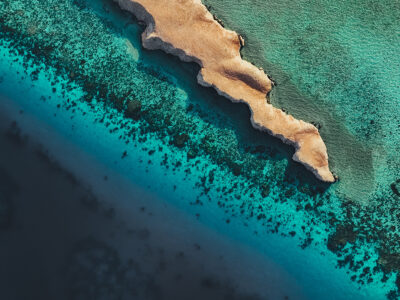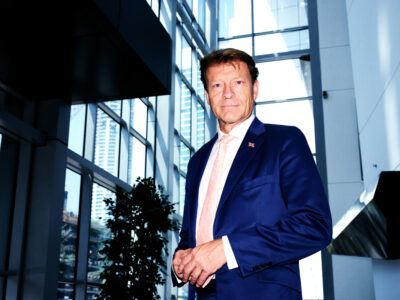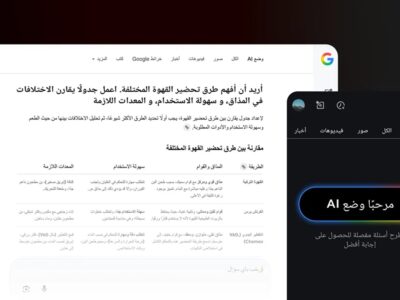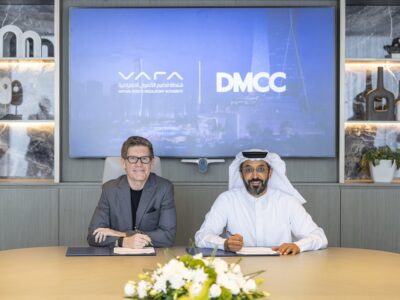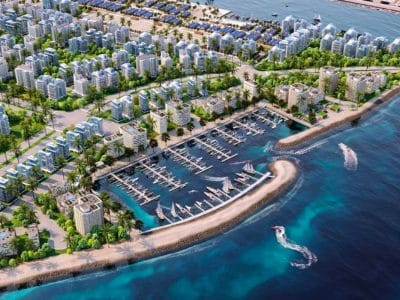Qatar plans to spend over
$125bn in the next five years on construction and energy
projects and the OPEC member’s economy should continue powering
ahead strongly, its new development strategy showed on Monday.
The world’s top liquefied natural gas exporter, which has so
far escaped unrest flaring up in the Arab world, is eyeing a
rise in government spending for the new fiscal year 2011/12,
helped by robust crude prices and recent gas output expansion.
“This year, it (economic growth) is going to be very high.
Next year it will be less, but still in double digits,” the
emir’s economic adviser Ibrahim al-Ibrahim told reporters.
The document, which outlines Qatari plans for 2011-2016,
forecast 15.7 percent growth in 2011, in line with a Reuters
poll but less than an 18 percent prediction last week by the
central bank governor. A forecast for 2012 of 7.1 percent growth
may already be out of date, as it assumes an average oil price
of $86 per barrel.
“That projection was based on a price of oil that is now
higher. The impact of the expansion in oil, and especially gas
has not been felt in the economy yet,” said Ibrahim, secretary
general at the General Secretariat for Development and Planning.
Crude prices have climbed to their highest since September
2008 on the turmoil that spread to nearby Bahrain, Oman and
Yemen, with U.S. crude near $104 per barrel on Monday.
Qatar, a close US ally and one of the top global investors
through its sovereign wealth fund, enjoys one of the world’s
highest incomes per capita at nearly $75,000.
The cash-rich state plans to invest over QR130bn
($35.7bn) in 2011-2016 through its state-linked companies,
including about QR100bn by Barwa and Qatar
Diar for residential and business construction projects.
Qatar Petroleum and its units should spend a
further QR88bn, while state infrastructure spending
will amount to over $67bn including roads, port, power and
water, the document showed.
In June, Qatar’s finance minister said both the government
and its companies planned to spend $100 billion over the next
four years.
“Qatar has a good sovereign rating, so there will be nothing
to stop it from going to the market to issue bonds and borrowing
a bit more,” said Daniel Kaye, senior economist at the National
Bank of Kuwait.
“This spending program could be financed through a
combination of existing reserves, borrowing and revenues from
LNG production. I’m sure financing will not be too much of a
problem,” he said.
Overall central government investment is estimated at QR347bn in 2011-2016, while the corporate sector could
add another QR473bn, the document showed. Qatar plans
to boost infrastructure spending in the run-up to the 2022
soccer World Cup, which it will host.
Fiscal surpluses for AA-rated Qatar, which issued a QR50bn bond to local banks in January, were seen falling
to 5.7 percent of GDP in 2016 from 12.1 percent this year.
In its 2010/11 budget, Qatar, whose fiscal year starts in
April, pencilled in spending worth QR117.9bn and a
surplus of 9.7bn, or 2.7 percent of GDP.
